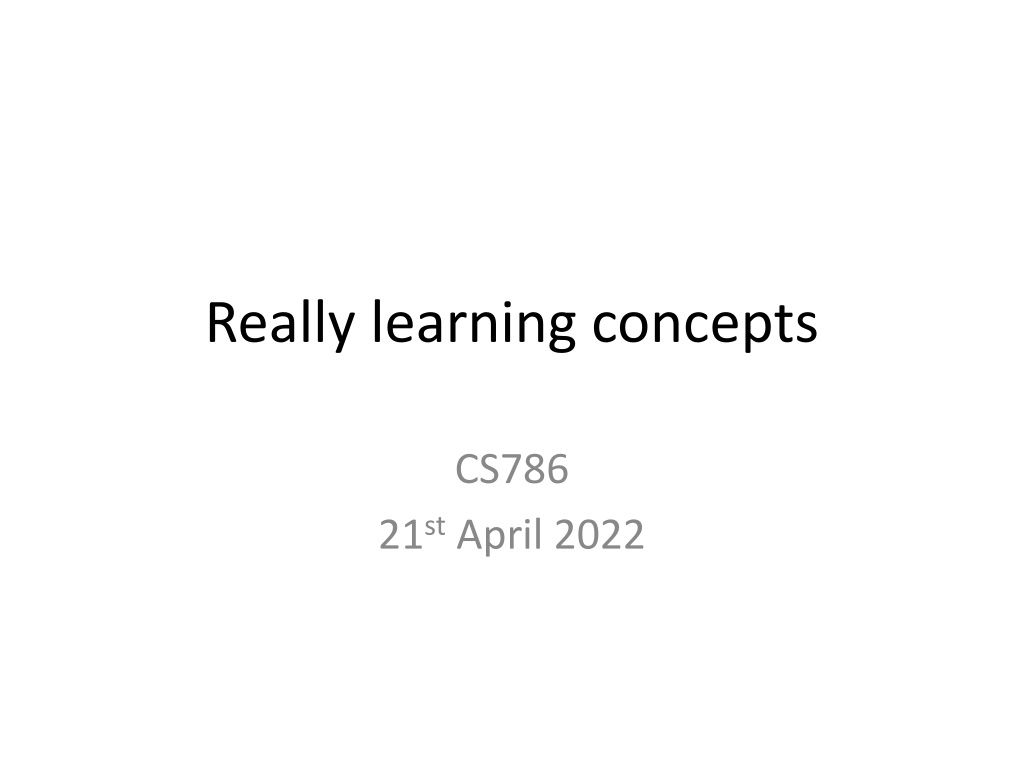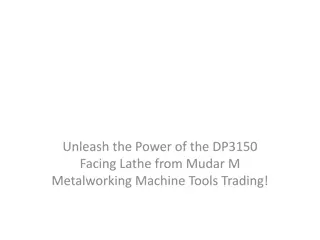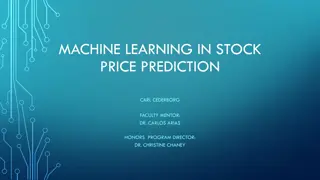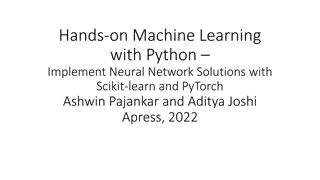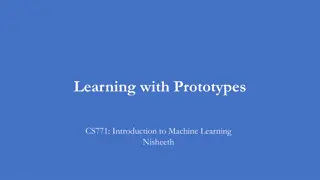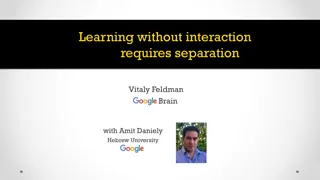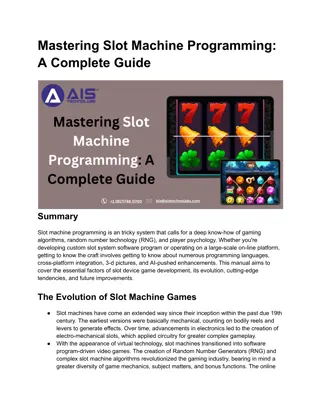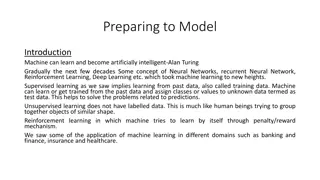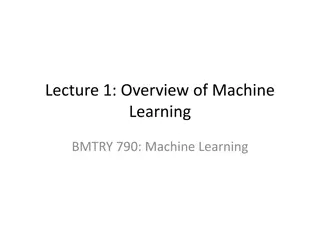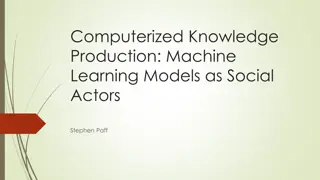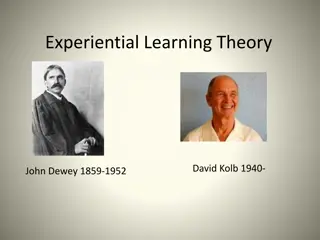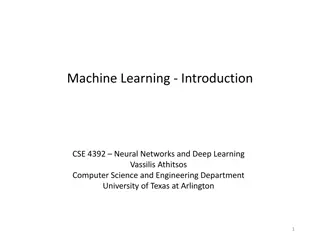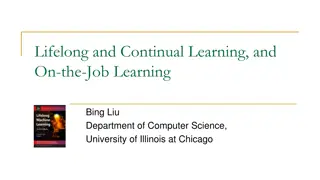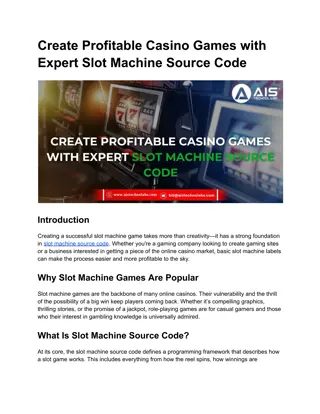Understanding Conceptualization in Machine Learning
Discussion on two types of representations (Propositional, Non-propositional) and the role of similarity in categorizing stimuli. Exploring supervised and unsupervised categorization methods, along with the capabilities of conceptualization beyond classification and clustering. Comparison of human and machine performance in one-shot classification. Introduction to Bayesian program learning and an algorithmic approach for learning handwritten visual symbols through compositionality, causality, and learning to learn.
- Machine Learning
- Conceptualization
- Categorization
- Bayesian Program Learning
- Human-Machine Comparison
Download Presentation

Please find below an Image/Link to download the presentation.
The content on the website is provided AS IS for your information and personal use only. It may not be sold, licensed, or shared on other websites without obtaining consent from the author. Download presentation by click this link. If you encounter any issues during the download, it is possible that the publisher has removed the file from their server.
E N D
Presentation Transcript
Really learning concepts CS786 21stApril 2022
Summary We have discussed that there are two types of representations Propositional Non-propositional Identified the central role of similarity in placing stimuli into categories Seen how visual and symbolic stimuli can be placed into categories Seen how this categorization can be accomplished in supervised and unsupervised settings
Conceptualization Is not just classification Is not just clustering It lets humans do a whole lot more (Lake, Salakhutdinov & Tenenbaum, 2015)
One-shot classification Humans can do this with about 4% error; leading machine vision algorithms can now do this with about 2% error (Lake, Salakhutdinov & Tenenbaum, 2019)
Bayesian program learning An algorithmic approach that allows all these capabilities In the restricted domain of handwritten visual symbols Built around three key ideas Compositionality Causality Learning to learn
Approach Sampled handwritten characters from various scripts AMT workers were asked to reproduce characters using a mouse Tracked mouse movements throughout drawing Omniglot dataset mouse trajectory data and final images
Identifying motor primitives in writing Pen trajectories were normalized in time 50 ms sampling interval If a pen moved less than one pixel between two time points Mark as a pause Define sub-strokes as segments extracted between pairs of pauses
Identifying motor primitives in writing All sub-stroke trajectories normalized for point density and size Too small sub-strokes removed Remaining sub-strokes fit with a spline Represented by five 10-dimensional control points A diagonal GMM with 1250 components was fit to this data Each mixture component is a motor primitive
Approach Generate types of symbols using probabilistic programs; each type becomes a generative model for subsequent tokens
Type generation Samples drawn from empirical distributions obtained from the Omniglot dataset
Token generation All stochastic elements learned from Omniglot dataset
The generative model Given types , M tokens of each type and M images I corresponding to these tokens, we learn a generative model that factors the joint distribution Type generation Image generation Token generation
Inference Can infer token given image Generate multiple candidates Use MAP estimate to select the best ones
Other tasks Generating new examples Run the generateToken program trained on target dataset Parsing Run the generateType and generateToken programs trained on target dataset Composition Place a non-parametric prior on the types
Take home message Concepts are learned by acting upon the world Computational methods are only just beginning to understand how to accomplish this This is a very exciting future direction in AI research
